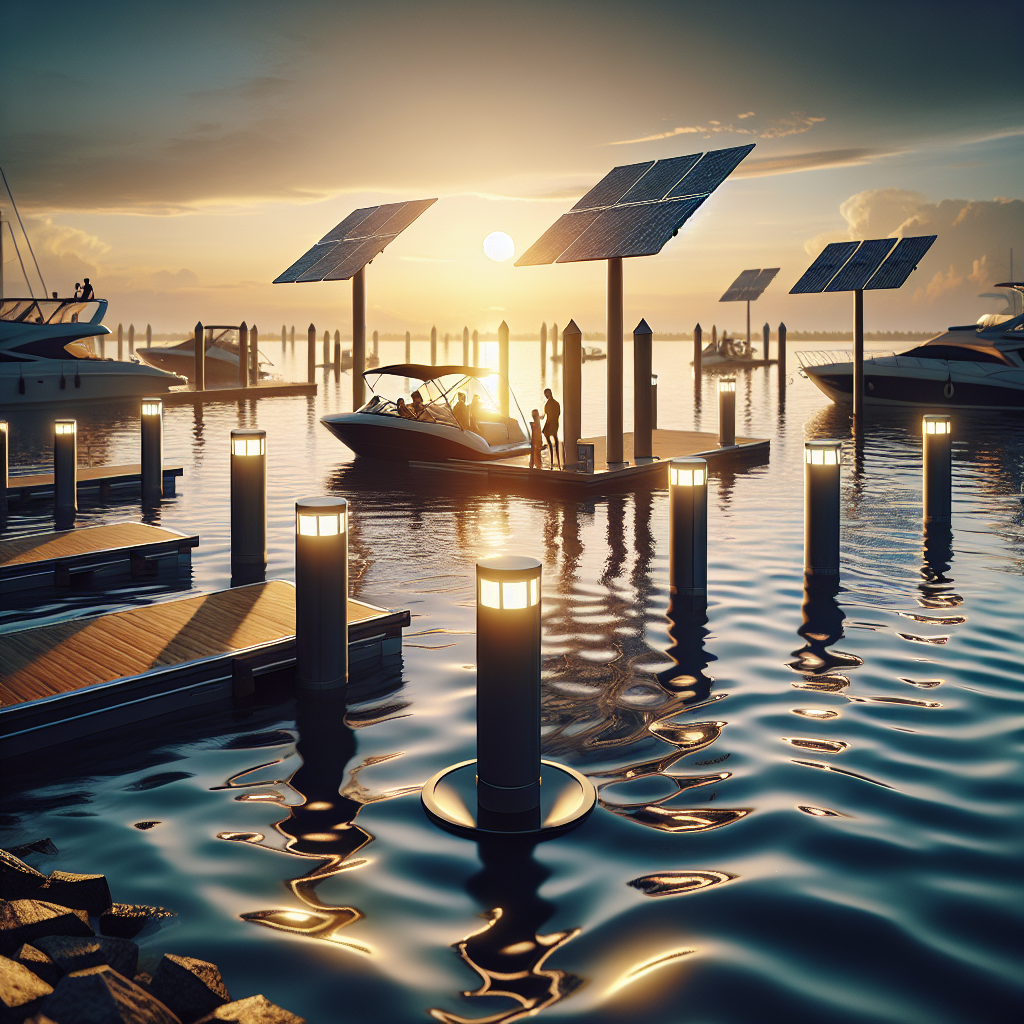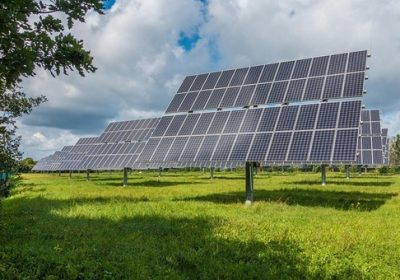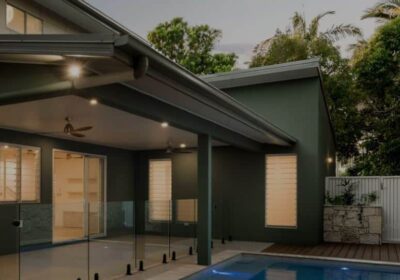Solar Bollards for Jetties, Boat Ramps, Pontoons and Marinas
-
Table of Contents
Solar bollards are innovative lighting solutions designed to enhance safety and visibility in marine environments such as jetties, boat ramps, pontoons, and marinas. These self-contained, solar-powered lights harness energy from the sun during the day and automatically illuminate at night, providing reliable, eco-friendly lighting without the need for external power sources or complex wiring. Engineered to withstand harsh marine conditions, solar bollards are typically constructed from durable materials like stainless steel or marine-grade aluminum, ensuring long-lasting performance and resistance to corrosion. Their installation is straightforward, often requiring minimal maintenance, making them an ideal choice for enhancing the aesthetic appeal and functionality of waterfront areas while promoting sustainability and energy efficiency.
Benefits Of Solar Bollards For Enhancing Safety At Jetties And Boat Ramps
Solar bollards have emerged as a pivotal innovation in enhancing safety at jetties, boat ramps, pontoons, and marinas. These self-sustaining lighting solutions offer a myriad of benefits, making them an indispensable asset for maritime infrastructure. One of the primary advantages of solar bollards is their ability to provide consistent and reliable illumination without the need for external power sources. This is particularly crucial in remote or off-grid locations where traditional electrical infrastructure may be lacking or prohibitively expensive to install.
In addition to their energy independence, solar bollards contribute significantly to safety by improving visibility during nighttime and adverse weather conditions. The enhanced illumination helps in preventing accidents and mishaps, which are common in poorly lit maritime environments. For instance, boaters and pedestrians can navigate jetties and boat ramps more safely, reducing the risk of slips, trips, and falls. Furthermore, the clear demarcation of pathways and docking areas ensures that vessels can be moored securely, thereby preventing potential damage to both the boats and the infrastructure.
Moreover, solar bollards are designed to be highly durable and weather-resistant, making them well-suited for the harsh marine environment. Constructed from robust materials such as stainless steel and high-impact polycarbonate, these bollards can withstand exposure to saltwater, UV radiation, and extreme temperatures. This durability translates to lower maintenance costs and a longer lifespan compared to conventional lighting systems, which often require frequent replacements and repairs.
Another significant benefit of solar bollards is their environmental friendliness. By harnessing solar energy, these lighting solutions reduce the reliance on fossil fuels and decrease greenhouse gas emissions. This aligns with global efforts to combat climate change and promotes sustainable practices within the maritime industry. Additionally, the use of solar power eliminates the need for extensive wiring and trenching, which can disrupt the natural habitat and marine life. Consequently, solar bollards offer an eco-friendly alternative that minimizes environmental impact while enhancing safety.
The ease of installation and flexibility of solar bollards further underscore their practicality. Since they do not require connection to the electrical grid, solar bollards can be installed quickly and with minimal disruption to existing infrastructure. This is particularly advantageous for temporary or seasonal installations, where traditional lighting solutions may not be feasible. Furthermore, the modular design of solar bollards allows for easy relocation and customization, enabling marina operators to adapt the lighting layout to changing needs and conditions.
In terms of cost-effectiveness, solar bollards present a compelling case. While the initial investment may be higher than that of conventional lighting systems, the long-term savings in energy costs and maintenance expenses make them a financially prudent choice. The reduction in electricity bills, coupled with the minimal upkeep required, ensures a favorable return on investment over time. Additionally, many regions offer incentives and rebates for the adoption of renewable energy solutions, further offsetting the initial costs.
In conclusion, solar bollards offer a comprehensive solution for enhancing safety at jetties, boat ramps, pontoons, and marinas. Their ability to provide reliable illumination, coupled with their durability, environmental benefits, ease of installation, and cost-effectiveness, makes them an ideal choice for maritime safety. As the maritime industry continues to prioritize sustainability and safety, the adoption of solar bollards is poised to become increasingly prevalent, ensuring safer and more environmentally responsible maritime operations.
Eco-Friendly Lighting Solutions: Solar Bollards For Pontoons And Marinas

Solar bollards are emerging as a revolutionary solution for eco-friendly lighting in jetties, boat ramps, pontoons, and marinas. These innovative lighting fixtures harness the power of the sun to provide reliable illumination, thereby reducing the dependency on traditional electrical sources and contributing to environmental sustainability. As the world increasingly shifts towards green energy solutions, solar bollards stand out as a practical and efficient option for waterfront areas.
One of the primary advantages of solar bollards is their ability to operate independently of the electrical grid. This independence is particularly beneficial in remote or off-grid locations where extending electrical infrastructure can be both challenging and costly. By utilizing solar energy, these bollards eliminate the need for extensive wiring and reduce installation costs. Moreover, their self-sufficiency ensures that they continue to function even during power outages, providing consistent lighting for safety and security.
In addition to their operational benefits, solar bollards are designed to withstand harsh marine environments. Constructed from durable materials such as stainless steel and marine-grade aluminum, they are resistant to corrosion, water ingress, and UV radiation. This robust construction ensures longevity and reduces maintenance requirements, making them a cost-effective solution in the long run. Furthermore, many solar bollards are equipped with advanced features such as automatic dusk-to-dawn operation and motion sensors, enhancing their functionality and energy efficiency.
The environmental impact of solar bollards cannot be overstated. Traditional lighting systems often rely on fossil fuels, contributing to greenhouse gas emissions and environmental degradation. In contrast, solar bollards utilize renewable energy, significantly reducing carbon footprints. By integrating solar lighting into jetties, boat ramps, pontoons, and marinas, stakeholders can demonstrate their commitment to sustainability and environmental stewardship. This shift not only aligns with global efforts to combat climate change but also enhances the appeal of these waterfront areas to eco-conscious visitors and boaters.
Moreover, the aesthetic appeal of solar bollards adds to their attractiveness. Available in various designs and finishes, they can complement the architectural style of any marina or pontoon. Their sleek and modern appearance enhances the visual appeal of waterfront areas, creating a welcoming and pleasant atmosphere. Additionally, the soft, ambient light emitted by solar bollards improves visibility without causing glare, ensuring a safe and comfortable environment for both pedestrians and boaters.
The economic benefits of solar bollards are also noteworthy. While the initial investment may be higher compared to traditional lighting systems, the long-term savings are substantial. The elimination of electricity costs, coupled with reduced maintenance expenses, results in significant financial savings over time. Furthermore, many governments and organizations offer incentives and rebates for the installation of solar lighting, further offsetting the initial costs and making the transition to solar bollards more financially viable.
In conclusion, solar bollards represent a forward-thinking solution for eco-friendly lighting in jetties, boat ramps, pontoons, and marinas. Their ability to operate independently of the electrical grid, combined with their durability and low maintenance requirements, makes them an ideal choice for waterfront areas. By reducing carbon footprints and enhancing the aesthetic appeal of these locations, solar bollards contribute to environmental sustainability and economic savings. As the world continues to embrace renewable energy solutions, the adoption of solar bollards in marine environments is poised to grow, paving the way for a greener and more sustainable future.
Installation And Maintenance Tips For Solar Bollards In Marine Environments
Installing and maintaining solar bollards in marine environments such as jetties, boat ramps, pontoons, and marinas requires careful consideration of several factors to ensure optimal performance and longevity. The unique challenges posed by these settings necessitate a strategic approach to both installation and ongoing maintenance. By adhering to best practices, one can maximize the benefits of solar bollards, which include energy efficiency, environmental sustainability, and enhanced safety.
To begin with, the installation process of solar bollards in marine environments demands meticulous planning. It is essential to select bollards specifically designed for harsh marine conditions. These bollards should be constructed from corrosion-resistant materials such as marine-grade stainless steel or anodized aluminum to withstand the corrosive effects of saltwater and humidity. Additionally, the solar panels integrated into the bollards must be of high quality, with a protective coating to prevent damage from UV radiation and salt spray.
When positioning the solar bollards, it is crucial to ensure that they receive adequate sunlight throughout the day. This involves conducting a site assessment to identify potential obstructions such as tall structures, trees, or other installations that may cast shadows on the solar panels. Proper placement not only enhances the efficiency of the solar panels but also ensures consistent illumination during nighttime. Furthermore, the bollards should be installed at a height and angle that maximizes their exposure to sunlight while minimizing the risk of physical damage from boats or other marine activities.
The foundation of the bollards is another critical aspect of the installation process. Given the dynamic nature of marine environments, the bollards must be securely anchored to withstand strong winds, waves, and tidal movements. This often involves using robust mounting systems such as concrete footings or specialized marine-grade brackets. Ensuring a stable foundation not only enhances the durability of the bollards but also contributes to the safety of the marine infrastructure.
Transitioning to the maintenance of solar bollards, regular inspections are paramount to identify and address any issues promptly. Marine environments are notorious for their harsh conditions, which can accelerate wear and tear. Therefore, it is advisable to conduct routine checks for signs of corrosion, physical damage, or accumulation of debris on the solar panels. Cleaning the panels periodically with fresh water and a soft cloth can help maintain their efficiency by removing salt deposits and other contaminants.
In addition to physical inspections, monitoring the performance of the solar bollards is equally important. This can be achieved through integrated monitoring systems that provide real-time data on the energy output and operational status of the bollards. By analyzing this data, one can identify any anomalies or declines in performance, allowing for timely interventions such as battery replacements or repairs.
Moreover, it is beneficial to establish a maintenance schedule that aligns with the specific conditions of the marine environment. For instance, in areas with high salinity or frequent storms, more frequent maintenance may be required. Collaborating with manufacturers or professional service providers can also ensure that the maintenance practices adhere to the recommended guidelines and standards.
In conclusion, the successful installation and maintenance of solar bollards in marine environments hinge on a comprehensive understanding of the unique challenges posed by these settings. By selecting appropriate materials, ensuring optimal placement, securing robust foundations, and implementing regular maintenance routines, one can enhance the performance and longevity of solar bollards. This not only contributes to the sustainability and safety of marine infrastructure but also underscores the importance of adopting innovative solutions in the face of environmental challenges.









